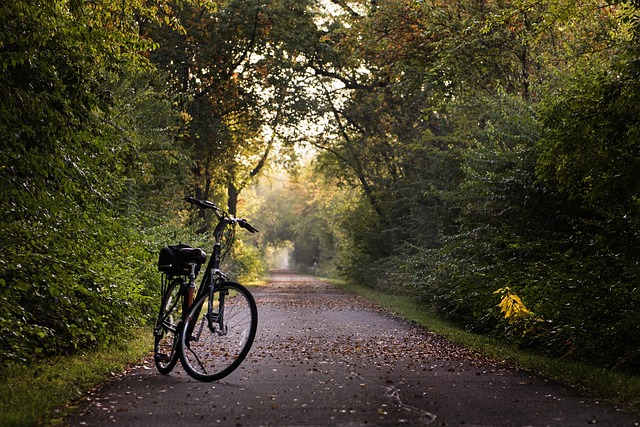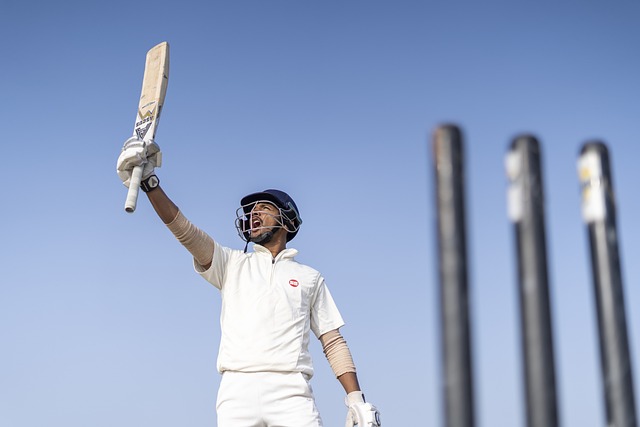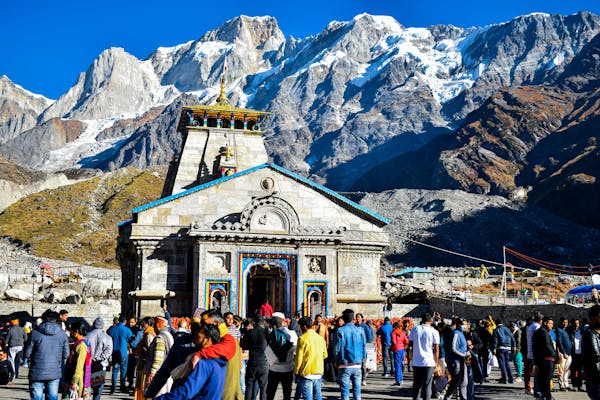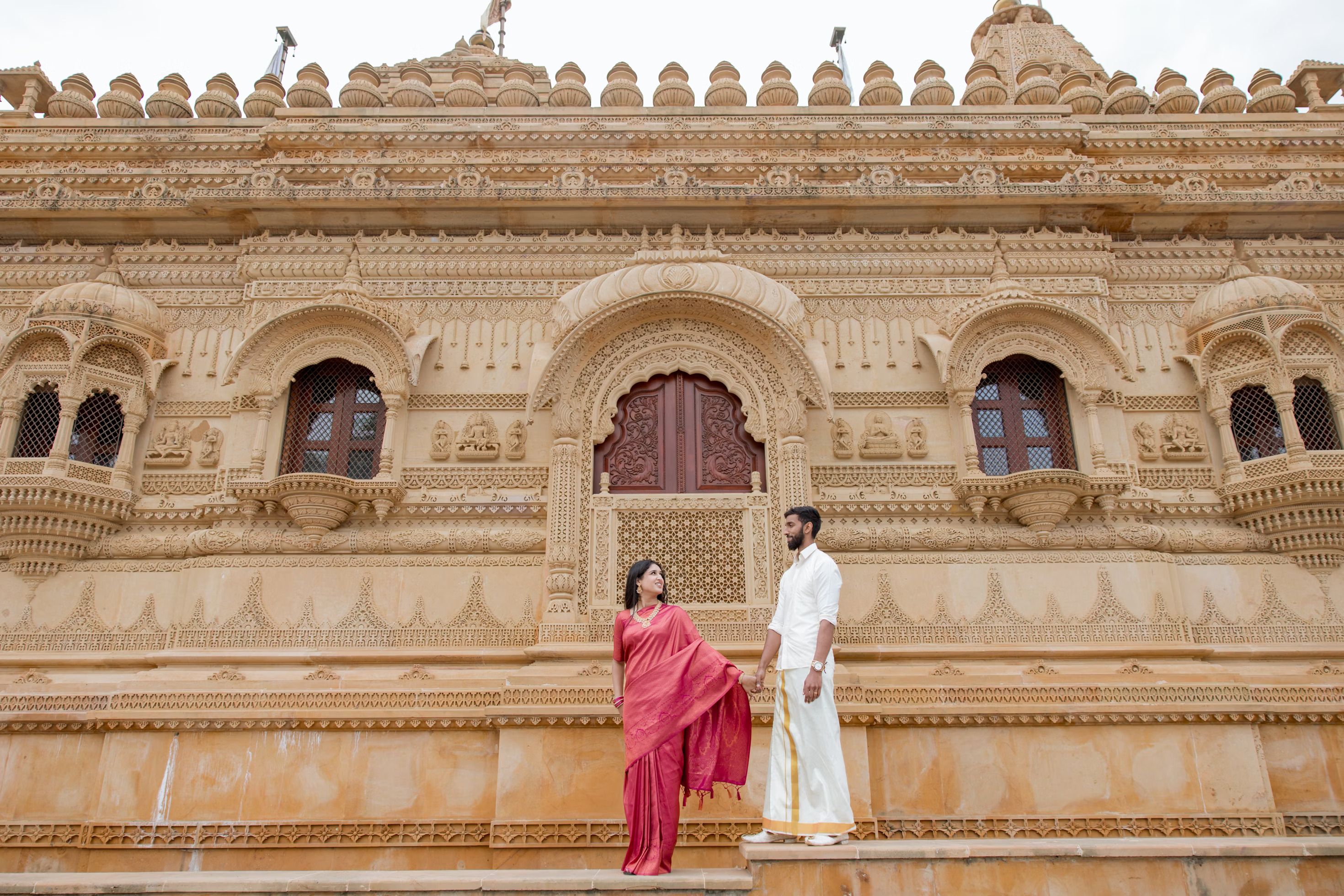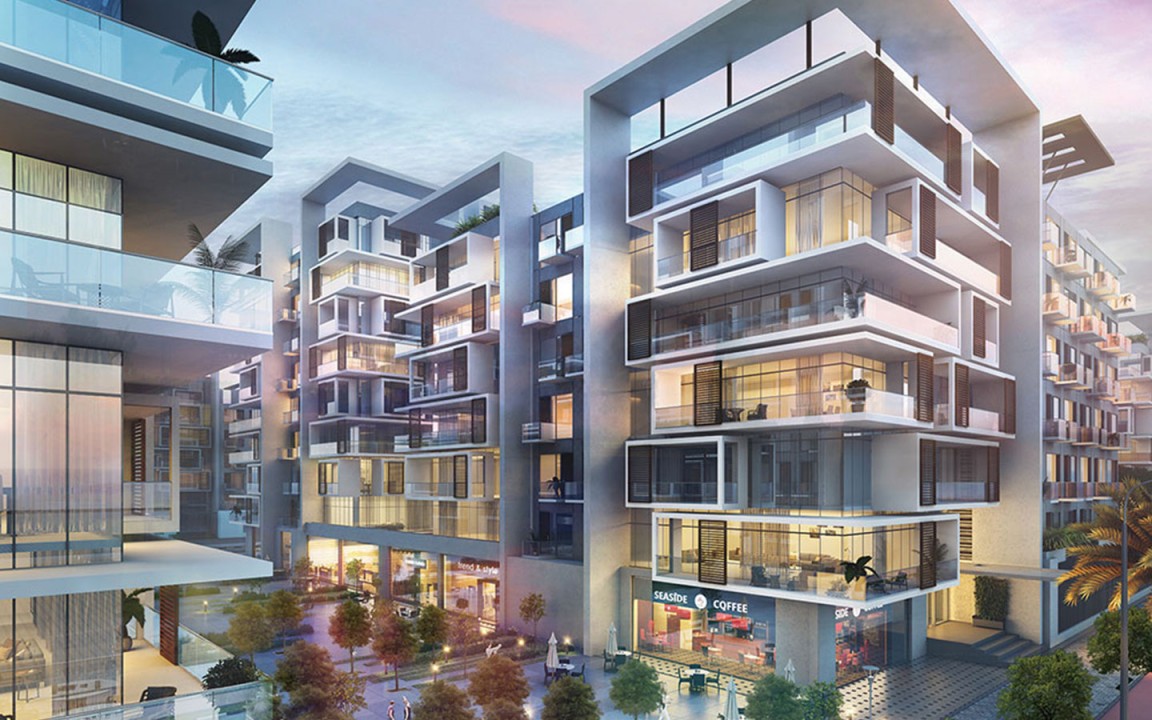Everest Base Camp vs. Manaslu Circuit: Which Trek is Right for You?
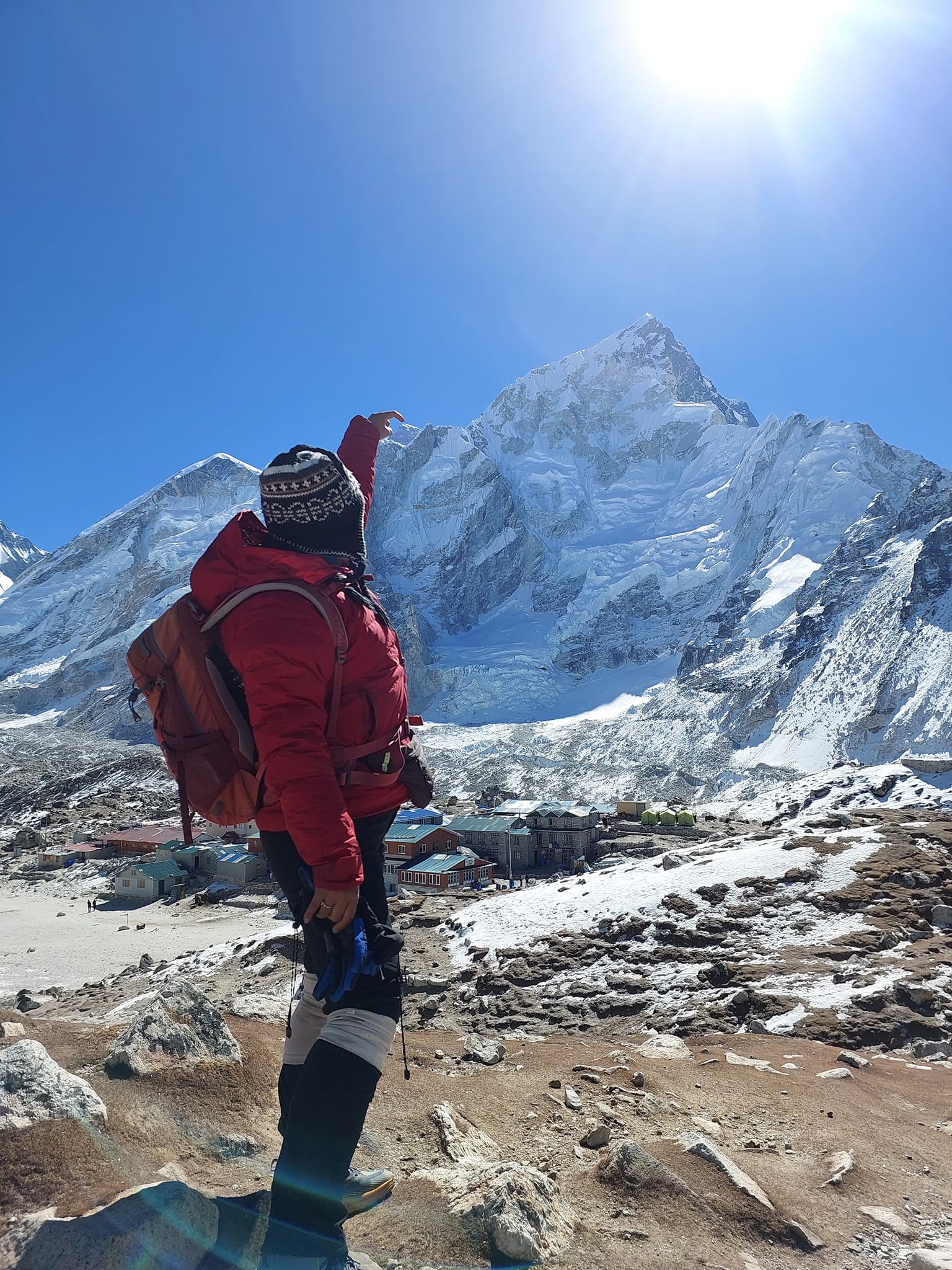
Strong 8k brings an ultra-HD IPTV experience to your living room and your pocket.
If you’re torn between the Everest Base Camp and Manaslu Circuit treks, you’re not alone. Both routes promise stunning mountain views and cultural immersion, yet they offer vastly different experiences. This choice matters more than you might think—it can shape not just your travel memories, but how connected you feel to the landscape and people of Nepal.
This blog post will help you decide which trek aligns best with your interests, fitness level, and travel goals. By comparing Everest Base Camp vs. Manaslu Circuit Trek across factors like difficulty, scenery, culture, and cost, we’ll guide you toward the right path. Whether you crave iconic peaks or untouched trails, you’ll find clarity here—and hopefully, your next great Himalayan adventure.
###ANCHOR1###Overview of the Two Treks: Everest Base Camp vs. Manaslu Circuit
###ANCHOR2###Everest Base Camp Trek at a Glance
● Region: Khumbu (Solukhumbu District)
● Duration: 12 to 14 days
● Max Altitude: 5,545m at Kalapatthar
● Permits: Sagarmatha National Park + Local Area Permit
The Everest Base Camp (EBC) trek is Nepal's most famous route, attracting thousands annually. It offers jaw-dropping views of Everest, Lhotse, and Ama Dablam.
You'll start with a flight to Lukla, one of the world’s most thrilling airports. The trail passes through vibrant Sherpa villages like Namche and Pangboche.
Teahouses are plentiful and well-equipped, with Wi-Fi, bakeries, and gear shops at several points. It’s ideal for first-timers wanting iconic Himalayan highlights with steady infrastructure.
Local insight: Porters and yaks are essential for logistics in the Khumbu. Respect weight limits—pack wisely.
###ANCHOR4###Manaslu Circuit Trek at a Glance
● Region: Gorkha District
● Duration: 14 to 18 days
● Max Altitude: 5,160m at Larkya La Pass
● Permits: Restricted Area Permit + MCAP + ACAP (guide mandatory)
The Manaslu Circuit is quieter, more remote, and culturally unique. It circles Mt. Manaslu—the world’s 8th highest peak.
Expect fewer trekkers and more basic accommodations. You'll cross suspension bridges, dense forests, and Tibetan-influenced villages like Lho and Samagaon.
Access starts with a drive to Soti Khola, not a flight, which adds travel time. But you gain a more gradual acclimatization curve.
Trekker tip: Don’t skip the side trip to Pungyen Gompa for incredible glacier views and cultural depth.
Both treks deliver dramatic landscapes and cultural richness—but your experience will depend on your appetite for comfort, crowds, and adventure.
###ANCHOR5###Which Trek Is More Challenging?
###ANCHOR6###Physical Difficulty
The Manaslu Circuit is more physically demanding than Everest Base Camp. It involves longer hiking days and steeper ascents.
Larkya La Pass is the toughest section. It’s often icy and exposed to wind. You’ll need to start well before dawn.
EBC has fewer technical sections, but the altitude hits early. Most trekkers feel the effects by Namche Bazaar (3,440m).
###ANCHOR7###Altitude and Acclimatization
● Everest Base Camp reaches 5,545m at Kalapatthar
● Manaslu Circuit peaks at 5,160m at Larkya La Pass
EBC climbs quickly after Lukla. Many trekkers take rest days in Namche and Dingboche to adapt.
Manaslu offers a more gradual ascent, giving your body more time to adjust. But the final pass is higher, colder, and more remote.
###ANCHOR8###Remoteness and Terrain
Manaslu’s terrain is rugged. Trails are narrow and often carved into cliff faces. Landslides can occasionally disrupt the route.
EBC trails are wide and well-maintained. But crowds can slow you down, especially in high season.
Manaslu’s remoteness means fewer rescue options. You must be more self-sufficient. Carry extra batteries, first aid, and warm gear.
● Also Read: Hiking Vs. Trekking - Which Adventure Style Suits You Best?
###ANCHOR10###Overall Challenge Breakdown
Choose Everest Base Camp if:
● You want a well-supported route with established infrastructure
● You’re okay with more people but fewer technical challenges
Choose Manaslu Circuit if:
● You’ve trekked before and want a wilder, more remote route
● You’re confident navigating tougher terrain
###ANCHOR11###Comparing the Scenery: Himalayas, Valleys, and Villages
###ANCHOR12###Everest Base Camp: Iconic Views and Bustling Villages
Few trails match the drama of the Everest Base Camp trek. You’ll walk beneath towering giants—Everest, Nuptse, Lhotse, and Ama Dablam.
The views from Kalapatthar (5,545m) are among the best in the Himalayas. It's the classic Everest postcard shot.
You’ll pass bustling Sherpa villages like Namche Bazaar, Tengboche, and Dingboche. Expect colorful prayer flags, chortens, and monasteries along the way.
Glacial valleys, alpine meadows, and suspension bridges create constant visual variety. Keep your camera ready every day.
Photographer's tip: Early morning light at Tengboche Monastery gives Everest a golden glow—don’t miss it.
###ANCHOR13###Manaslu Circuit: Remote Wilderness and Cultural Richness
The Manaslu Circuit offers quieter, wilder landscapes. You’ll start in lowland rice fields and climb into alpine wilderness.
Forests of pine and rhododendron give way to barren high-altitude plateaus. It feels like stepping into another world.
Villages like Lho, Samagaon, and Samdo blend Tibetan architecture with Himalayan backdrops. You’ll see yak caravans and mani walls carved with Buddhist prayers.
The views of Mt. Manaslu (8,163m) are frequent and impressive. Pungyen Gompa and Birendra Lake offer stunning detours.
Trekker insight: Manaslu’s silence is part of its beauty. With fewer trekkers, you hear rivers, wind, and temple bells.
###ANCHOR14###Comparing Scenery: What to Expect
● EBC scenery is iconic, dramatic, and often busy
● Manaslu scenery is wild, diverse, and peaceful
Both offer jaw-dropping mountain views. Your choice depends on what fills your soul—Everest’s fame or Manaslu’s solitude.
###ANCHOR15###Cultural Experience: Sherpa vs Tibetan-Influenced Communities
###ANCHOR16###Sherpa Culture on the Everest Base Camp Trek
The EBC trek takes you deep into the heart of Sherpa country. These resilient mountain people have guided climbers for generations.
Villages like Namche, Khumjung, and Pangboche showcase traditional stone houses, prayer flags, and revered monasteries.
You’ll visit Tengboche Monastery, one of the most spiritual sites in the Khumbu. Morning chanting here is an unforgettable experience.
Sherpas follow Tibetan Buddhism, and their festivals like Mani Rimdu blend ancient rituals with vibrant celebration.
Sherpa knowledge: Offer a silent nod or spin a prayer wheel clockwise—it’s a respectful way to join local traditions.
###ANCHOR17###Tibetan-Influenced Culture on the Manaslu Circuit
Manaslu’s villages have a distinctly Tibetan feel. Many locals are descendants of Tibetan migrants and still speak Tibetan dialects.
You’ll notice gompas, mani stones, and long prayer walls lining the trail. Lho and Samagaon feel centuries removed from modern life.
People practice Buddhism influenced by Tibetan customs, with a strong focus on community and spiritual harmony.
Trekking during festivals like Losar (Tibetan New Year) offers a rare window into deep-rooted Himalayan culture.
Local insight: Don’t rush through Samdo. Spend time with villagers, visit a local home, or learn about yak herding.
###ANCHOR18###Cultural Takeaways
● EBC offers Sherpa hospitality and iconic monasteries
● Manaslu provides a more untouched Tibetan-style cultural journey
Both treks immerse you in mountain traditions. Choose based on whether you want a polished or raw cultural encounter.
###ANCHOR19###Trekking Infrastructure and Accessibility
###ANCHOR20###Getting There
● Everest Base Camp: Fly from Kathmandu to Lukla (2,860m). Flights are short but weather-dependent and often delayed.
● Manaslu Circuit: Drive from Kathmandu to Soti Khola or Machha Khola. The journey takes 7–9 hours by jeep.
Flying into Lukla is fast, but unpredictable. Road travel to Manaslu is longer but more consistent.
Pro tip: Book the earliest Lukla flight. Morning skies are clearer and less likely to cancel.
###ANCHOR21###Accommodation and Facilities
EBC teahouses are better developed. Many offer private rooms, hot showers, Wi-Fi, and charging stations.
Manaslu lodges are simpler. Expect shared rooms, limited electricity, and fewer dining options.
Basic doesn’t mean bad—Manaslu teahouses are cozy and often family-run, with authentic hospitality.
###ANCHOR22###Food and Water
● EBC menus are diverse: dal bhat, momos, pasta, pizza, and even bakeries in Namche.
● Manaslu menus are more limited but filling—simple dal bhat, noodle soup, and local millet bread.
Always purify your drinking water. Bring chlorine drops or a UV filter for both treks.
###ANCHOR23###Communications and Power
Cell service is stronger on the EBC trail, especially with Ncell or NTC SIMs. Manaslu has patchy or no signal.
Charging costs extra. Bring a solar charger or power bank, especially for remote areas in Manaslu.
###ANCHOR24###Permit Logistics
● EBC: Sagarmatha National Park Permit
● Manaslu: Restricted Area Permit + MCAP + ACAP + guide requirement
Manaslu’s permit system is stricter due to its restricted status. You must trek with a registered guide and group.
Logistics tip: Agencies handle permits. Just share your passport and photos—they’ll do the rest.
###ANCHOR25###Best Time to Trek: Everest Base Camp vs Manaslu Circuit
###ANCHOR26###Spring (March to May)
Spring is one of the best times to trek both Everest Base Camp and the Manaslu Circuit. Days are warm, skies are generally clear, and rhododendrons bloom below 3,500m.
Expect pleasant temperatures and incredible mountain views, especially in April. Trails can be busy, especially around Everest Base Camp.
Guide insight: Early April offers the sweet spot—less crowd, fresh blooms, and stable weather.
###ANCHOR27###Autumn (Mid-September to November)
Autumn is the peak season for both treks. The monsoon has cleared the dust, leaving crisp air and blue skies.
October is the busiest month on the Everest trail. Teahouses fill quickly, so book ahead.
Manaslu Circuit is also popular during this time but still quieter than EBC.
Local tip: Festivals like Dashain and Tihar may enrich your experience with vibrant village life.
###ANCHOR28###Winter (December to February)
EBC remains accessible in winter, but conditions are cold. Kalapatthar and Gorakshep often see sub-zero nights.
Manaslu Circuit becomes very challenging. Larkya La Pass is prone to heavy snow and strong winds.
Some teahouses close, so logistics are tricky. Only experienced trekkers with proper gear should attempt this season.
Safety note: Carry microspikes and insulated boots if trekking in winter.
###ANCHOR29###Monsoon (June to Mid-September)
This is the least ideal season. Trails are wet, leeches are common, and flights to Lukla are often delayed.
Manaslu faces landslides and swollen rivers. Visibility is poor and trail conditions are hazardous.
Pro advice: If trekking during monsoon, stick to shorter lower-altitude routes.
###ANCHOR30###Which Trek Is Right for You?
###ANCHOR31###Which Trek Is Right for You?
Choosing between Everest Base Camp and the Manaslu Circuit depends on what kind of trekking experience you’re looking for.
If you value comfort, familiar routes, and iconic views, Everest Base Camp might be your match. Prefer solitude, rugged terrain, and a deeper cultural connection? Manaslu could be the better fit.
###ANCHOR32###Choose Everest Base Camp if:
1. You’re a first-time trekker: EBC has well-marked trails and a steady flow of trekkers for safety.
2. You want Everest views: Seeing the world’s highest mountain is a once-in-a-lifetime experience.
3. You prefer better facilities: Teahouses here offer more variety in food, rooms, and services.
4. You enjoy social trekking: Meet people from all over the world on the busy trail.
Real-world note: You’ll likely encounter experienced guides, emergency services, and strong mobile signal—peace of mind for beginners.
###ANCHOR33###Choose Manaslu Circuit if:
1. You’ve trekked before: This route is tougher and demands more endurance.
2. You want fewer crowds: Some days, you might only pass a few trekkers.
3. You value authentic culture: The Tibetan-influenced villages offer a more untouched feel.
4. You enjoy remote wilderness: Dense forests, high mountain passes, and less-developed trails await.
Local guide tip: Bring extra layers and a power bank. You’ll be off-grid for long stretches.
###ANCHOR34###Consider These Factors:
● Timeframe: EBC is faster (12–14 days), while Manaslu usually takes 14–18 days.
● Permit Rules: Manaslu requires a licensed guide and group, EBC does not.
● Travel Logistics: EBC starts with a flight. Manaslu begins with a bumpy drive.
###ANCHOR35###Final Thoughts: Everest Base Camp vs. Manaslu Circuit
Both Everest Base Camp and Manaslu Circuit offer unforgettable journeys, but each suits a different kind of adventurer. EBC is iconic and social, while Manaslu is serene and wild. Whichever path you choose, you’ll walk through stunning landscapes, rich cultures, and moments that stay with you forever.
Now it’s your turn—think about what matters most to you: comfort or solitude, convenience or raw beauty. Ready to plan your trek? Talk to a guide, do a bit more research, or drop your questions in the comments below.
And if you’ve already trekked one—or both—of these routes, we’d love to hear your story. Share your insights and help fellow trekkers find their perfect trail.
Your next mountain adventure is waiting. Which one will you choose?
Note: IndiBlogHub features both user-submitted and editorial content. We do not verify third-party contributions. Read our Disclaimer and Privacy Policyfor details.




